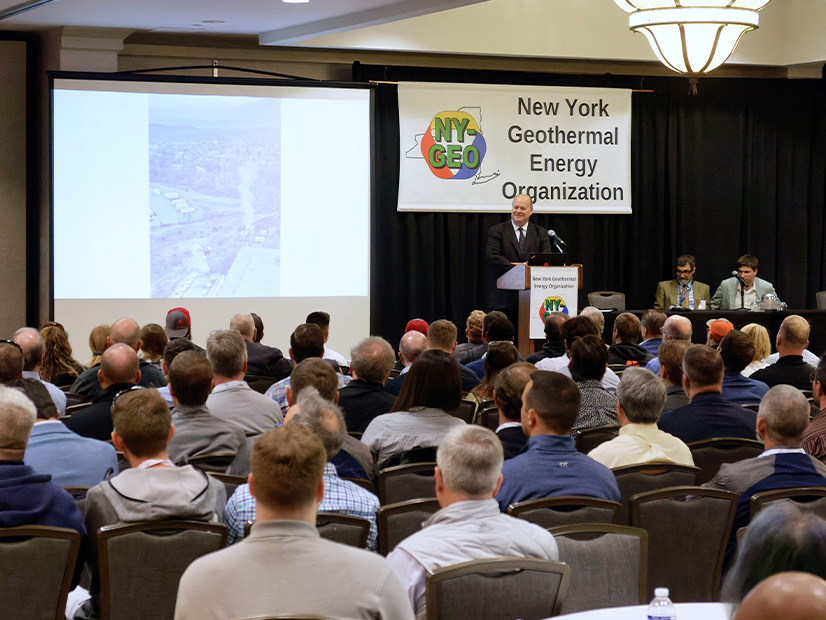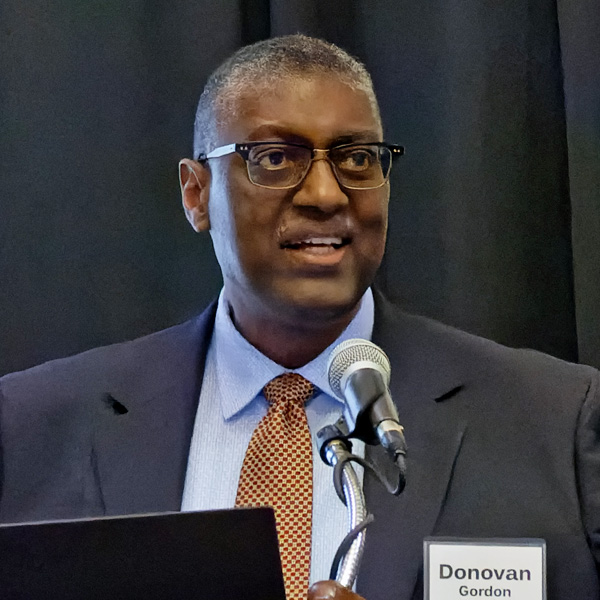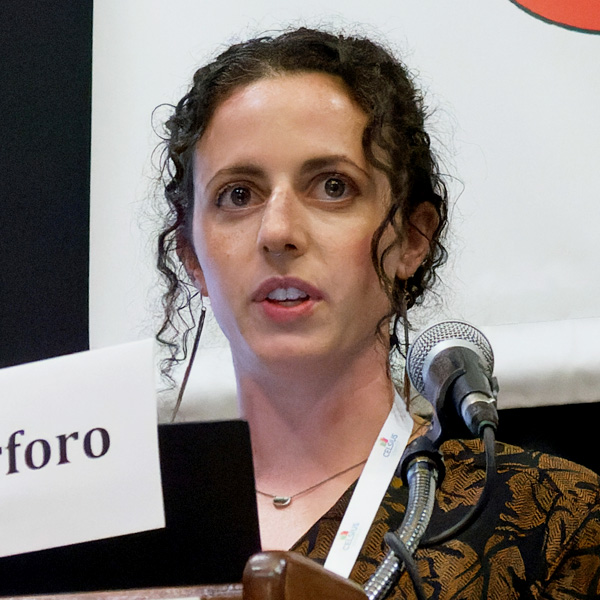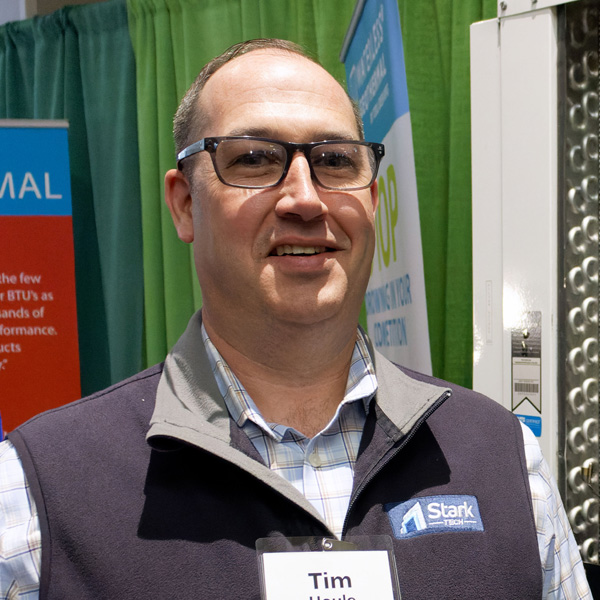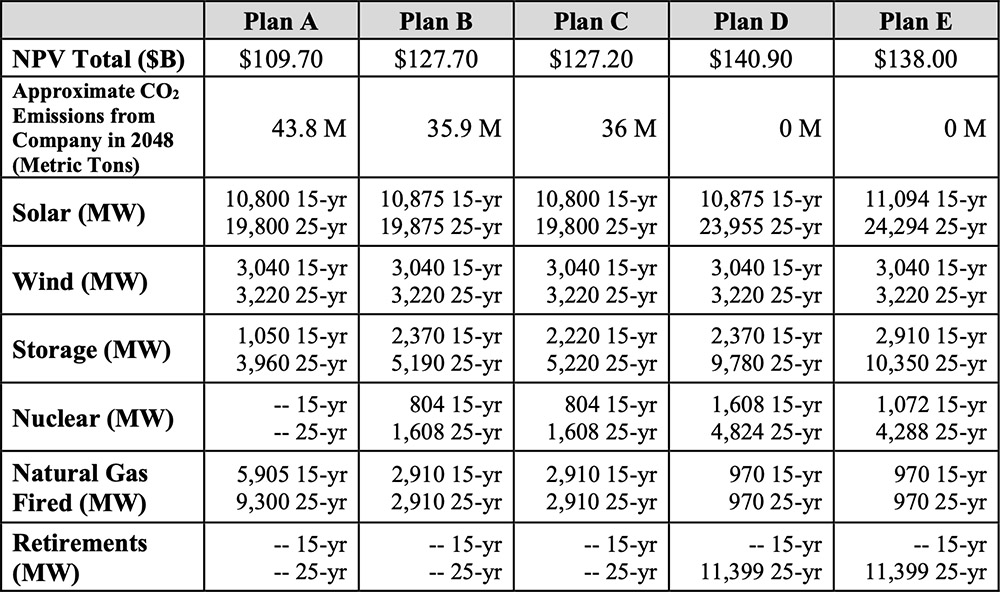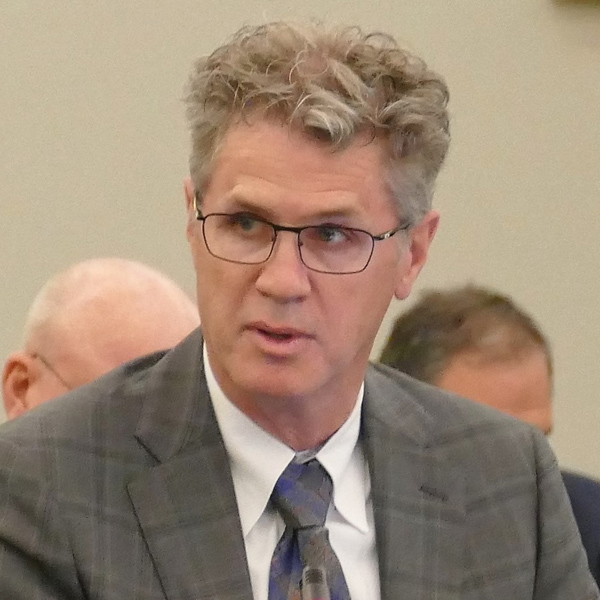Utilities are pushing back against a proposed rule by the New Jersey Board of Public Utilities (BPU) that would prevent them from owning or operating projects in the agency’s planned permanent community solar program.
But the BPU’s plan has the backing of the state’s Division of Rate Counsel.
The topic emerged as a prominent source of contention in an April 24 BPU hearing seeking stakeholder feedback on the latest draft of the rules, which state that electric distribution companies (EDCs) “are not allowed to develop, own or operate community solar projects.”
New Jersey Utilities Association CEO Richard Henning said he was “surprised and disappointed” at the BPU’s position and expressed the view — shared by representatives of two utilities, Atlantic City Electric and PSEG — that EDCs have valuable experience and expertise to contribute to the community solar sector.
“To have the electric utilities on the sidelines makes no sense,” Henning said. “They have the resources, the program management, the infrastructure to handle organizing and implementing community solar projects like no other.”
Speakers also raised questions about the impact of making program eligibility dependent on a project obtaining an EDC connection study and encouraged the BPU to broaden the types of projects eligible in the program.
Several speakers urged the agency to rethink a rule that prohibits a developer from co-locating two projects on the same property or contiguous properties. They said that complicated projects, such as those on brownfields or a landfill, are more expensive, and combining two projects can increase the capacity and financial reward enough to make the project feasible.
Serving LMI Customers
The draft rules outline a permanent program in which the BPU would approve community solar projects totaling at least 225 MW in each of the first two years, starting this year, and at least 150 MW in subsequent years. Projects can be no larger than 5 MW and will be allocated by the BPU on a first come, first served basis. (See NJ Proposes Modest Community Solar Capacity Hike.)
State officials consider the two community solar pilots a major success and believe the program will play a key role in the state reaching its goal of 32 GW of solar by 2050, about 34% of the state’s generating capacity.
In both pilot programs, the BPU approved projects through a competitive solicitation process, awarding 45 projects totaling 76 MW in 2019 and 105 projects totaling 165 MW in 2021. So far, 25 community solar projects totaling 47.7 MW have been completed and are up and running, according to BPU figures.
Aaron Karp, an attorney for PSEG, said the state’s Clean Energy Act clearly requires the BPU to “set forth standards for projects owned by electric public utilities” and other entities in the permanent community solar program. Moreover, he said, the utility has a long history of “partnering” with low- and moderate-income (LMI) customers and is “uniquely suited to effectively leverage those relationships to ensure that LMI customers can participate in community solar.”
“Utility ownership will not only help the state meet its lofty but important solar goals, but it will also ensure the participation of low- to moderate-income customers,” he said, urging the board to revise its prohibition on EDC project ownership and operation.
Offering comments “on behalf” of Atlantic City Electric, Jocelyn Tyler, manager for DER interconnection at parent company Pepco Holdings, said the utility has gathered “lessons learned” by working to connect community solar projects. That experience, and the fact that “utility-owned solar has seen success in many states,” should warrant the BPU rethinking its position, she said.
“Utility ownership of community solar will lead to increased deployment of renewable energy, benefiting LMI customers, increasing grid resilience and reliability” and help manage peak load stress, “all of which are objectives of the program,” she said.
BPU staff, in an explanation accompanying the latest draft, said EDC ownership or operation is “unnecessary” given that the two community solar pilot programs were heavily oversubscribed, demonstrating “strong interest” in developing community solar by non-EDC entities.
“Staff therefore believes that there is no reason to transfer the risks and costs associated with developing a community solar project from non-EDC entities to the ratepayers, nor for EDCs to have a potential competitive advantage in project ownership,” the BPU staff said.
The experience of the pilot “demonstrates both the strong interest in developing community solar by non-EDC entities (both private developers and public entities) as well as their ability to design projects that serve a broad diversity of customers,” the staff explanation said.
Rethinking Acceptable Projects
Sarah Steindel, staff attorney with the Division of Rate Counsel, said her agency supported the BPU’s position on EDCs. But switching to another topic, she added that the ratepayer advocate would like the regulator to rethink its limitation on where community solar can be located. The draft proposal limits projects to four types: rooftops, carports and canopies over impervious surfaces, contaminated sites and landfills, and man-made bodies of water.
“We would caution the board on limiting the sites to rooftops and so forth,” Steindel said. “This conflicts with the stated goal in the straw proposal of providing maximum benefits at the lowest cost because it tends to increase the amount of subsidies required or reduce the benefits that go to subscribers, or both.”
Eric Millard, chief commercial officer at CS Energy in Edison, N.J., also advocated for a wider variety of project types beyond the “restrictive” selection outlined in the draft. “The draft effectively restricts the siting of community solar projects to areas in the state that have large rooftops or contaminated sites, and that’s a pretty small subset of New Jersey,” he said.
“We think that community solar projects should be allowed in commercial and industrial zoned parcels,” where solar is allowed under land use laws, he said. In addition, he added, the BPU should add “contaminated agricultural land” to the definition of brownfield sites suitable for community solar projects.
Jake Springer, mid-Atlantic policy director for Nexamp, a Boston-based solar developer, cited the difficulty of pursuing contaminated sites as a reason for the BPU to reconsider its prohibition on co-locating projects on the same site. In cases such as landfill or brownfield development, co-location can provide a “tremendous benefit to making those projects cost effective,” he said.
Under any circumstance, “there’s an argument to be made that those types of projects are disadvantaged relative to others, such as rooftop projects, where the permitting requirements are less,” Springer said. “The ability to co-locate up to 10 MW [on a site], as under the pilot, would allow a number of brownfield and landfill projects to go forward.”
Making a similar point, Lyle Rawlings, president of Mid-Atlantic Solar & Storage Industries Association, suggested the BPU could allow developers to seek a waiver from the prohibition based on a project’s “public benefits” or ability to help the state reach its “policy priorities.”
Evaluating Project Maturity
Several speakers also questioned whether the state could reach those priorities and the community solar sector could flourish with the program structure outlined in the draft — especially aspects of the criteria of “maturity” needed for a project to be accepted into the program.
BPU officials say the criteria is designed to ensure that under the first come, first served system, only those projects ready to advance — and likely to be implemented — will be allocated valuable capacity in the program.
Joe Henri, of Atlanta-based solar developer Dimension Renewable Energy, welcomed the BPU’s plan to select projects on a first come basis method, while ensuring their quality and readiness by requiring them to meet certain “maturity” measures. Among them would be a requirement that the developer demonstrate the project will be able to connect to the grid by showing that it has an interconnection study completed and the EDC is ready to sign off on the project.
However, Henri said, that will be problematic in the short term because of the current lengthy delays projects face in connecting to the grid and planned reforms to improve the situation are moving slowly.
“Unfortunately, those rules probably aren’t going to be completely in place and completely clarified until late this year or early next year,” he said. He said it would be ideal for the EDC to sign off on a project before it is selected, but that does not usually occur until late in the proves, so an “interim” milestone that shows the project has the requisite maturity needed, he said.
Fred DeSanti, executive director of the New Jersey Solar Energy Coalition, added that the proposal to assess a project’s maturity by whether the EDC has completed a connection study will not only put great pressure on utilities, but will also make them “gatekeepers to this process,” giving them considerable power in deciding which projects go forward. The draft proposal suggests that requirement for projects greater than 1 MW, and smaller projects must only show they have submitted to the EDC an “interconnection agreement.”
“So that this puts the ball in the utilities court completely for making the decision on who wins and who loses based upon the first come, first served” selection structure,” he said. “To that end, we think it’s important that the industry understand how the EDCs will work through this significant surge in workload [and] the protocols and priorities that they may establish in conducting this work.”
